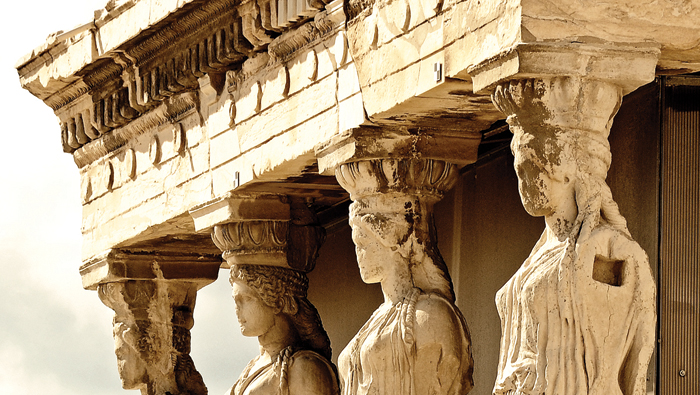
People have been making art for about 2 million years. Prehistoric art focuses on what was important to the people of the time, essentially food and procreation. As humans continued to develop, so did their art. But the one thing all art has in common is its ability to reflect the times and cultures of the people who made it. The Stone Age can be divided into three eras. During the Palaeolithic Period, or Old Stone Age (30000–10000 B.C.), humans were nomadic hunters and gatherers who struggled to survive in a harsh and cold world. These early people painted their hunts in ancient caves and used stone tools to carve magical figures. Make a mosaic Romans decorated their homes with mosaic floors made from tiny pieces of coloured stone or tile, arranged to form patterns. Try making your own mosaic with construction paper. Sketch your design on the paper. Cut out small triangles and squares from pieces of different coloured paper. Then glue them onto the pre-sketched design. Ancient Mesolithic Period, or Middle Stone Age (10000–8000 B.C.), art consisted of abstract rock paintings, delicate stone carvings and pottery. The Neolithic Period, or New Stone Age (8000–3000 B.C.), took place at different times in different places. The art began to reflect the stability of permanent settlements. Classical Classical art of the Western world is characterised by its realism. The Greeks (800–323 B.C.) created art that was known for its glorification of the human figure. The Etruscans (Italian peninsula, sixth and fifth centuries B.C.) created huge, stylised, ornamental objects. The Romans (509 B.C.–A.D. 476) borrowed heavily from the Greek and Etruscan art styles to create their own classical art forms.—[email protected]